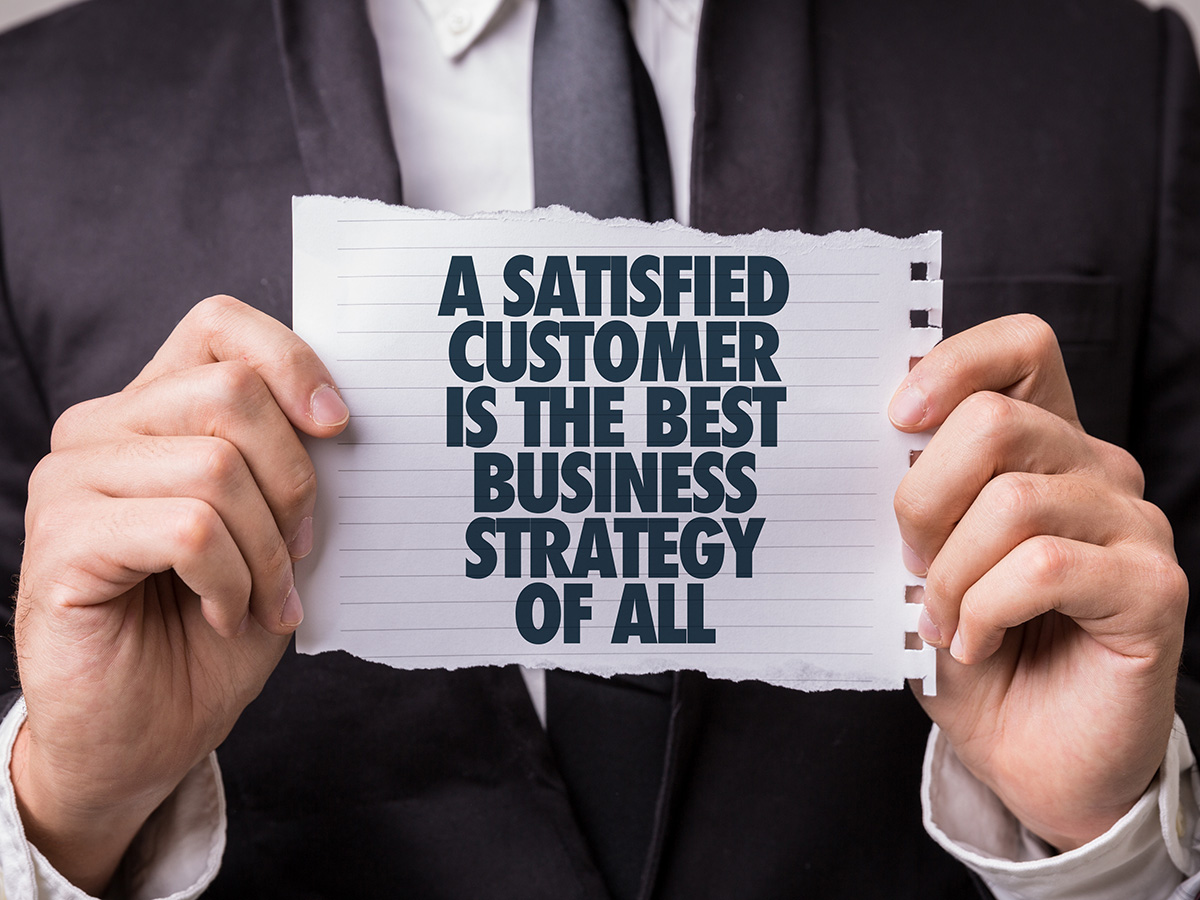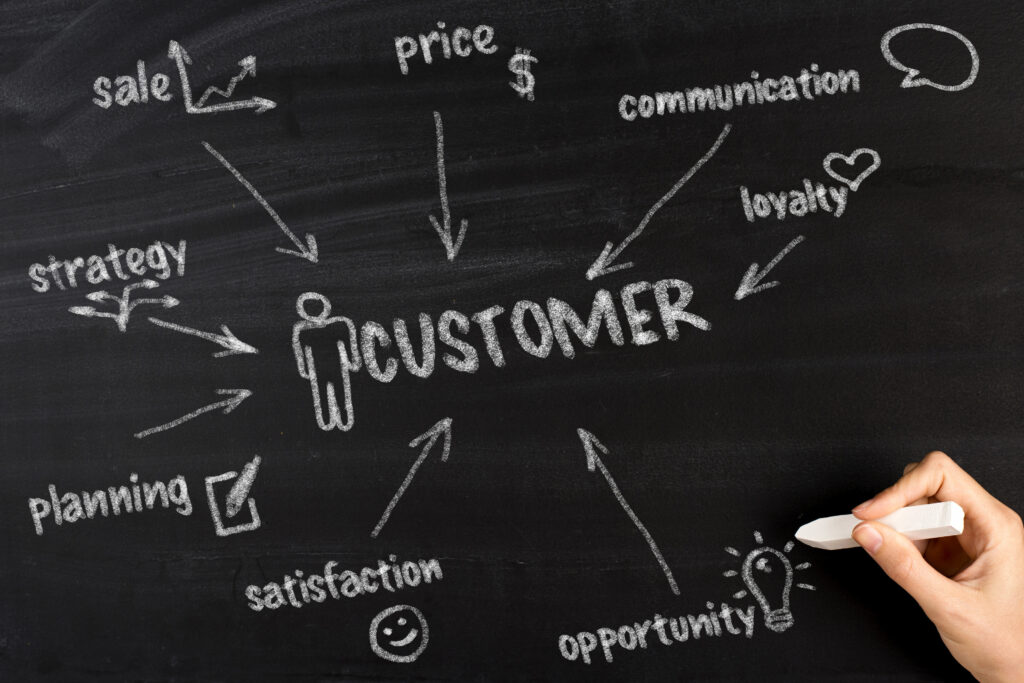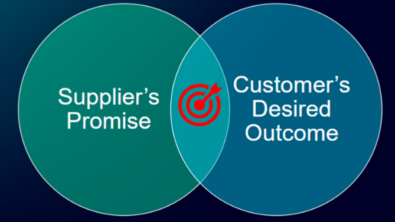Customer Success evolution: from reactive engagement to strategic partnership

Customer Success has morphed from a little-known customer service activity into a critical business strategy for fostering loyalty and driving growth. In today’s competitive landscape, businesses cannot afford to overlook the importance of proactively engaging with customers and nurturing customer relationships.
Historically, companies relied on reactive models – waiting for issues to arise before engaging. Today, to ensure customer loyalty and growth, companies employ proactive and strategic customer success techniques that focus on preventing problems before they occur. TSIA’s Customer Growth and Renewal Key Metrics benchmark provides actual performance of member service organizations for key performance indicators impacting renewal and cites an average customer churn rate of 13.3%. As churn mitigation is a key focus of Customer Success, let us examine how Customer Success has evolved to help reduce the churn rate and build loyalty.
The early days: reactive support
Prior to the 2010s, customer service was primarily reactive. Try to remember what the world was like before dedicated Customer Success teams. Customers would rely on a hodgepodge of resources – user manuals, infrequent support calls, release notes and maybe even a dedicated “help desk” – to navigate complex software and solutions. Businesses would wait for customers to report issues before acting. This reactive approach left a lot to be desired. Customers often struggled to find solutions on their own, leading to frustration and a feeling of sailing on the open ocean with no assistance in sight.
The rise of Software as a Service (SaaS) further exacerbated this feeling of being adrift without any help. A key attribute of SaaS solutions is often scalability and automation which can lead to fewer direct human interactions. As a result, customers often feel like just another number, especially when they encounter complex issues or need personalized assistance. With subscription-based models, customer relationships are more crucial than ever. A single unhappy customer could easily churn and take their recurring revenue elsewhere – and potentially influence other customers to do the same.
The shift: proactive engagement
The 2010s marked a major shift for Customer Success. Businesses began to realize the negative revenue impact of reactive support and began intentionally focusing on proactive customer engagement via Customer Success teams.
This shift in focus ensured customers not only received quick responses to issues but that they were successful using their purchase through regular check-ins or business reviews, personalized customer onboarding processes and specific attention to feedback and usage data. Focusing on these areas allowed the Customer Success team to develop an understanding of the customer and their business and proactively identify issues, which transformed Customer Success into a strategic imperative rather than a cost center.
LAER: the new customer engagement model
The mid-2010s also saw the rise of the Customer Success funnel, a framework comprising several key stages that TSIA eventually refined into the Land, Adopt, Expand and Renew (LAER) customer engagement model. Each stage is designed to address specific aspects of the customer journey. For example, the adoption phase focuses on ensuring customers fully utilize their purchases, while the renew phase aims to solve problems before they lead to churn. Metrics such as net promoter score (NPS), customer health index (CHI) and customer lifetime value (CLV) became critical to understanding customer satisfaction across the customer journey.
Check out our new blog on the rising importance of renewals!
Modern customer success

Today, the Customer Success lens has expanded to include a holistic customer experience (CX) approach that emphasizes customer nurturing and building relationships for the long-term. The rise of Customer Success communities and self-service portals is empowering customers to take charge of their experiences, enhancing satisfaction and increasing loyalty.
Advanced tools like generative artificial intelligence-driven analytics and automated engagement tools are enabling businesses with new insights for identifying risks, predicting customer behaviors and custom tailoring interactions based on customer needs. Imagine a scenario where GenAI-powered platforms provide 24/7 personalized support that is unique to each customer’s needs. One thing remains constant, however: the importance of building strong customer relationships and driving tangible business value.
The future of customer success
Looking ahead, customer success is likely to be shaped by even more sophisticated artificial intelligence (AI) tools and an increased emphasis on personalization. Technologies like AI-powered chatbots that provide instant, contextual assistance will become standard, making customer interactions more efficient and satisfying. As data collection becomes more nuanced, businesses will be able to create hyper-personalized experiences that anticipate a customer’s needs before they do, setting new standards for customer engagement and satisfaction.
Conclusion
The evolution of customer success is a fundamental shift in business strategy and a testament to its importance in maintaining a competitive advantage and fostering sustainable business growth. From its beginnings as a reactionary function to embracing a proactive engagement model built on data, automation and a commitment to exceptional customer experience, companies can drive sustainable growth while building a loyal customer base. Going forward, Customer Success is set to become even more central to long-term business success by turning satisfied customers into loyal advocates.
To learn more about Customer Success and how Siemens Digital Industries Software is helping our partners with their Customer Success efforts, please visit Siemens Digital Industries Software Partner Academy.
About the author
Bill McInnis is a Global Partner Enablement Executive at Siemens Digital Industries Software. He is a senior leader with extensive experience and deep knowledge of Customer Success, dedicated to operational excellence and a customer-centric approach. The programs and strategies implemented have led to improved adoption, expansion and renewal performance. His focus is on helping Siemens partners understand the importance of the LAER customer engagement model, the importance of customer outcomes, and why customer success is critical to driving ARR and NRR targets.
Comments
Leave a Reply
You must be logged in to post a comment.



Really insightful post — it’s amazing how quickly the role of Customer Success has evolved from basic issue-handling to a core driver of retention and growth. So many companies are now realizing that the shift from reactive to proactive engagement isn’t optional anymore. In fact, some teams even lean on specialized partners like this customer support service for SaaS companies to help reinforce that proactive layer when internal bandwidth is limited.